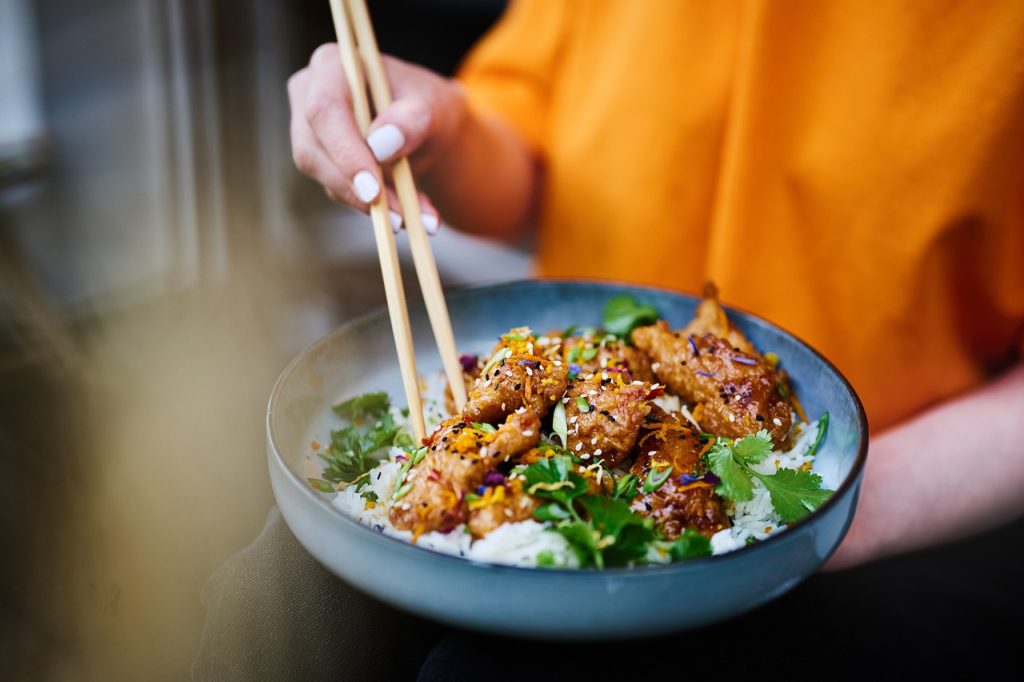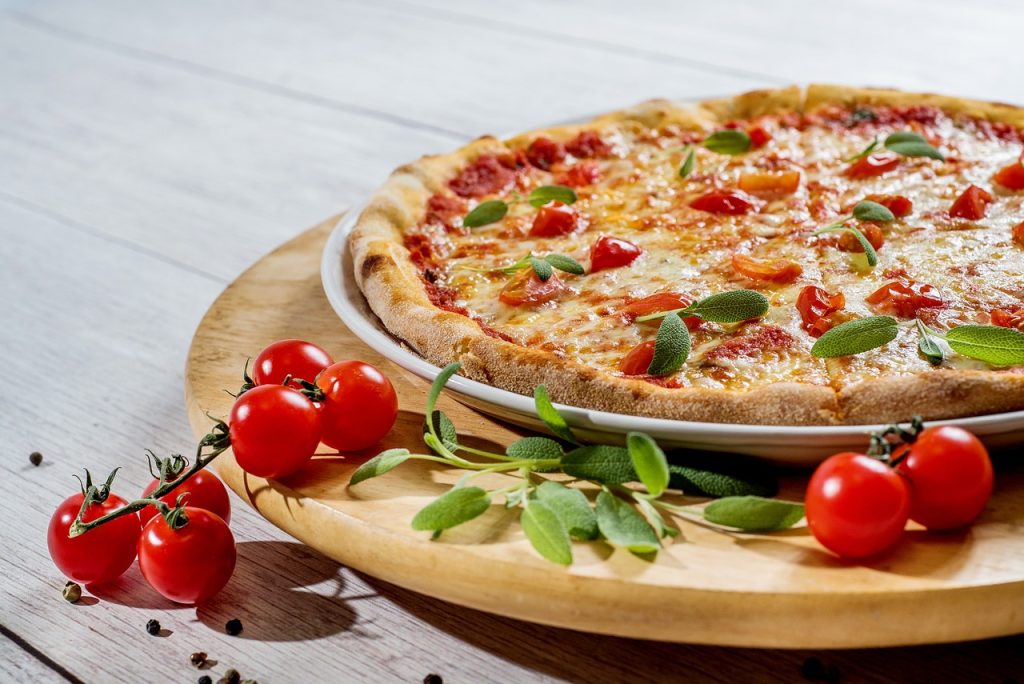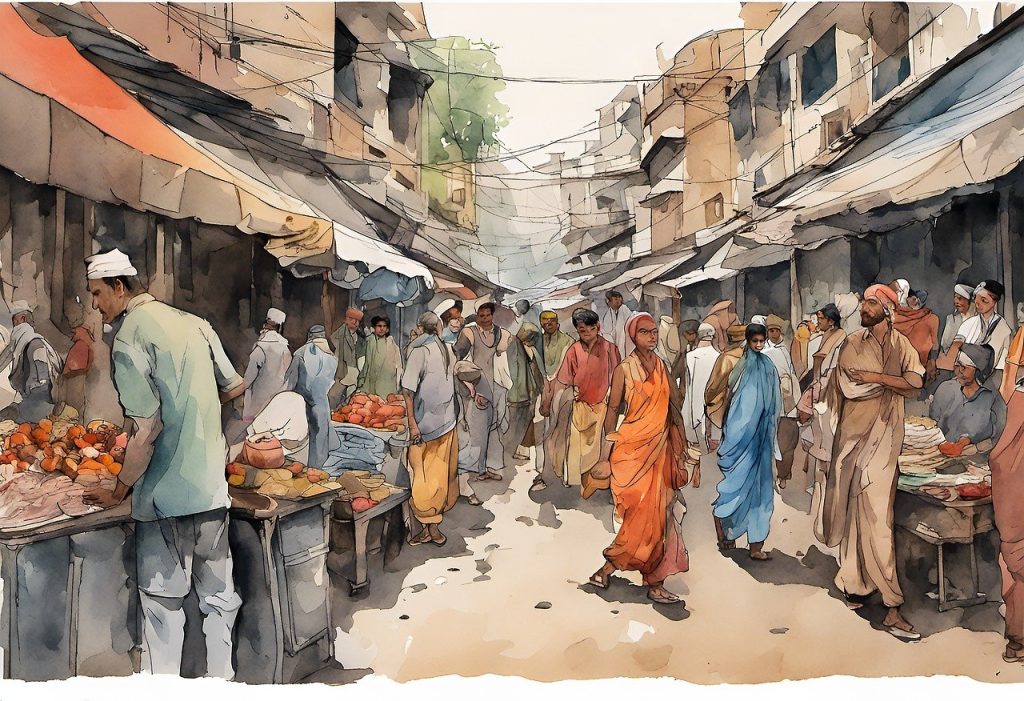Ever wondered how a tiny island nation with little agricultural land became Asia’s leading rice exporter? You’re in for an amazing story of ambition, innovation and perseverance. Just 50 years ago, Singapore was a poor country that depended heavily on rice imports. Today, it’s a global hub for rice trading and exports grains worldwide. How did this rice revolution happen?
Through a combination of strategic planning, scientific research, and partnerships with other rice-growing nations, Singapore was able to overcome its size and resource constraints to develop a thriving rice industry. Government agencies worked with farmers to improve crop yields. Scientists developed high-yielding rice varieties suited to tropical climates. And by investing in rice mills and trading companies, Singapore grew into a dominant player in the global rice market.
From its humble beginnings as a rice importer, Singapore now exports over 2 million tons of rice annually. Its success as a leading rice hub inspires what a small nation can achieve through vision, ingenuity, and collaboration. This is the story of how Singapore became Asia’s rice king.
From Swamp to Staple: The History of Rice in Singapore
Singapore’s rice history goes back centuries. As early as the 14th century, rice was farmed on the swampy island. But it wasn’t until the 1960s that Singapore became self-sufficient in rice production.
The government launched programs to intensify rice farming. They consolidated small farms into large plots, improved irrigation, and promoted the use of fertilizers and pesticides. New high-yielding rice varieties were introduced, like the IR8 “Miracle Rice”.
Farmers started getting better crop yields. In just 10 years, production jumped from under 60,000 tons to over 180,000 tons per year. By the 1970s, Singapore was not only self-sufficient but also exporting rice.
- The Jurong area was transformed into a major rice granary. Polders were created by building dikes and draining swamps, gaining more farmland.
- The government provided farmers funding, infrastructure, and training. They ensured rice farming was commercially viable.
- Private millers and traders handled milling, distribution, and exports. The government bought rice from farmers at guaranteed prices and controlled retail prices.
By the 1980s, Singapore was the largest rice exporter in Southeast Asia. However, labor costs rose and farmland decreased due to urbanization. Rice farming became less competitive. In the 1990s, Singapore ended self-sufficiency and shifted to importing affordable rice from neighbors like Thailand and Vietnam.
Though no longer farming rice, Singapore remains a leading rice trading hub. And rice still has an important place in Singaporean culture, cuisine, and identity. The humble grain that helped build a nation continues to sustain it today.
Varieties of Rice Grown in Singapore
Singapore grows several varieties of rice, each with their own unique characteristics.
Jasmine Rice
Jasmine rice is a long-grain rice that’s light, fluffy, and slightly sweet. It’s considered a premium rice and more expensive, but many think it’s worth it for the aromatic jasmine-like fragrance and flavor. This is a very popular rice in Singapore and commonly served with dishes like Hainanese chicken rice.
Basmati Rice
Like jasmine rice, basmati rice is a long-grain rice but has an even nuttier, buttery flavor and aroma. Basmati rice is prized for its texture—the grains stay separate and fluffy after cooking. This variety is used in dishes like biryani, a spiced rice dish.
Glutinous Rice
Glutinous rice, also known as sticky rice, has a higher starch content so the grains stick together after cooking. It has a chewy, gummy texture and slightly sweet flavor. Glutinous rice is usually eaten as a dessert in Singapore, often paired with mango and coconut milk.
With a tropical climate perfect for growing rice and a strategic location along trade routes, it’s no wonder Singapore produces some of the best rice varieties in Asia. The diverse, flavorful rices grown in Singapore are a delicious glimpse into the culture. Trying all the different rices is truly a tasty adventure.
Innovations in Rice Cultivation and Processing
To become Asia’s dominant rice producer, Singapore made major advancements in rice cultivation and processing.
Mechanization and irrigation
Singapore mechanized rice farming early on. By the 1960s, most farms used tractors to plow fields and plant seeds, reducing labor needs. Irrigation systems and canals were built to control water flow, allowing multiple harvests each year. These innovations increased crop yields tremendously.
Farmers also bred new high-yielding rice varieties that matured quickly and resisted pests. Scientists studied the effects of fertilizers and developed optimal application schedules for local conditions. All these improvements significantly boosted Singapore’s rice output within a few decades.
Mills and exports
As production rose, Singapore built rice mills to process paddy into edible grains. Automated mills could handle huge volumes, milling, polishing and sorting rice for both domestic use and export.
With surplus crops, Singapore entered the global rice trade, exporting to Malaysia, Indonesia and beyond. This generated substantial revenue for farmers and millers. By the 1970s, Singapore was the world’s third largest rice exporter despite its small size.
The government invested heavily in infrastructure and research to support the rice industry. This paid off through increased self-sufficiency, more stable food supply, and a profitable export crop.
Through scientific and technological advancements, Singapore transformed rice farming into a highly productive industry. Innovations in cultivation, irrigation, mechanization, milling and breeding allowed Singapore to become Asia’s “rice bowl” for decades. Although little rice is grown today due to land constraints, Singapore’s rice history showcases how a strategic approach to agriculture and food security can drive a nation’s development.
The Rise of the Singapore Rice Industry
Singapore’s rise as Asia’s rice king was no accident. Through strategic planning and partnerships, Singapore intentionally developed its rice production industry to become a major player on the global stage.
Investing in Technology
In the 1960s, Singapore invested heavily in agricultural technology and infrastructure to increase its rice yields. The country imported high-yielding rice varieties and crop management techniques from Taiwan and the Philippines. Singapore also built irrigation systems, subsidized fertilizers and pesticides, and provided farmers with technical assistance. These investments paid off, increasing Singapore’s rice yields and output.
Land Reclamation
Singapore began reclaiming land from the sea to expand its agricultural production. The country reclaimed swampy, unproductive land and turned it into productive rice fields and farms. Singapore’s first major land reclamation project added over 22,000 acres of agricultural land. These new lands, combined with new technologies, enabled Singapore to become self-sufficient in rice production by 1984.
Private-Public Partnerships
The Singaporean government partnered with private rice millers and traders to strengthen the country’s rice industry. The government provided funding and subsidies to private rice millers to upgrade their facilities. The improved mills and processing plants allowed Singapore to produce high-quality rice that could be exported. The government also partnered with private rice traders, providing them with financing and logistical support to export Singaporean rice. These public-private partnerships were instrumental in establishing Singapore as a major rice exporter.
Through advancing agricultural technology, expanding available farmland, and forging public-private partnerships, Singapore systematically grew its rice industry and cemented its status as a leading rice producer and trader. What began as an effort to boost self-sufficiency became a successful strategy to dominate global rice markets. From these humble beginnings, Singapore built a rice empire.
The Future of Rice in Singapore
Singapore’s rice industry has come a long way since the 1960s. Thanks to advancements in technology, farming techniques, and trade policies, Singapore grew to become a major rice exporter within just a few decades. Where will the future take Singapore’s rice production and trade?
Automation and Technology
Advancements in agricultural technology will likely shape the future of Singapore’s rice industry. Automated systems, robotics, and AI can help improve crop yields and reduce labor costs. Smart sensors and drones allow for precision monitoring of crop and soil conditions to optimize growth.
Singapore is already using technology like automated seed sowing and crop harvesting equipment on some farms. Widespread adoption of these technologies across Singapore’s rice production could significantly boost yields and economic efficiency. At the same time, policymakers will need to consider how to retrain and support workers as jobs become automated.
Growing Demand in Asia
Asia’s demand for rice is projected to increase in coming decades due to population growth, increasing incomes, and dietary changes. As a major rice exporter, Singapore is well poised to help meet this growing demand. However, competition from other exporters like Thailand and Vietnam may challenge Singapore’s market share.
Singapore should focus on producing premium, high-quality rice varieties to differentiate itself, as well as expanding into new export markets outside of Asia. Free trade agreements can also help ensure access to key export destinations. Continuing to improve productivity, keep costs competitive, and build strong trade partnerships will be key to Singapore remaining a dominant exporter in a growing global rice market.
Sustainability and Diversification
Environmental sustainability and crop diversification are also priorities for the future. Singapore should continue transitioning to more sustainable farming practices that reduce pollution and environmental impact. Diversifying into other crops can help spread economic risk, as demand for certain crops may decline in the future.
With strategic investments in technology, strong trade policies, and a commitment to sustainability, Singapore can solidify its status as a rice exporting powerhouse for decades to come. The future of Singapore’s rice industry looks bright.
Conclusion
So there you have it. Singapore’s rise to become Asia’s rice king is a remarkable story of innovation, ambition, and perseverance against all odds. From importing nearly all its rice to becoming a major rice exporter and industry leader, Singapore has come a long way. The next time you enjoy a delicious plate of chicken rice, think of the farmers, scientists, and leaders who helped transform Singapore into a food paradise. You’ve tasted the fruits of their labor and vision. Though Singapore may be small, its rice industry ambitions and achievements have been anything but. The tiny island nation proves that size isn’t everything, and with the right ingredients of determination and a pioneering spirit, any underdog can become a champion. Who knows, maybe rice will fuel Singapore’s continued rise for decades to come. The future is bright – and tasty!





